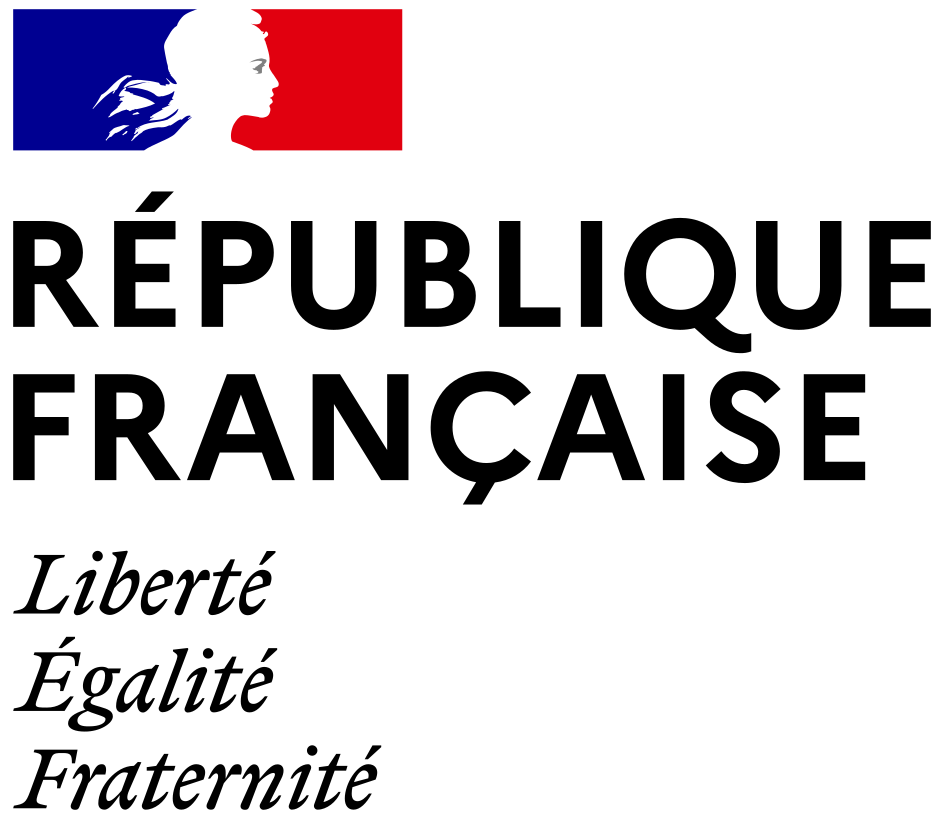Étude céramique médiévale (XIVe-XVIe siècle) en contexte urbain : la fouille de la rue du Palais Rihour, Lille (Nord)
Résumé
Dieser Artikel präsentiert einen umfangreichen Keramikposten, der bei einer vom INRAP
durchgeführten Rettungsgrabung in Lille, rue du Palais Rihour, entdeckt wurde. Das
Verteidigungssystem umfasst einen Turm und einer Stadtmauer mit Erdaufschüttung und
angrenzendem Graben. Im Ganzen wurden vier chronologische Phasen erkannt, die sich vom
Ende des 13. bis Mitte des 16. Jh. erstreckten. In erster Linie wird die Keramik unter dem
technischen Aspekt der Produktionen von Lille betrachtet, insbesondere mit makroskopischen
Analysen. Im Anschluss wird jede der vier Phasen einer technologischen und typologischen
Betrachtung unterzogen. Abschließend wird der Fall des Kochgeschirrs mit zwei unterschiedlichen
Tonen (rot und weiß) angesprochen.
This paper describes a large ensemble of ceramics discovered at Lille, Palais-Rihour Street,
during a preventive excavation conducted by the INRAP, in a fortified area with a tower, a rampart
reinforced by a bank and a ditch. Altogether, four chronological phases could be distinguished,
from the end of the 13th century to the middle of the 16th. First, the ceramics are described by a
technical characterization of the Lille products, particularly as concerns the macroscopic study of
the clay. Then, the four phases are each dealt with following technological and typological
approaches. Last, the case of the red and white cooking ceramics is dealt with.
Cet article présente un important lot céramique découvert lors d’une fouille préventive réalisée à
Lille, rue du Palais Rihour, par l’INRAP. Celle-ci se place en contexte défensif avec la découverte
d’une tour, d’un rempart supporté d’une terrée et d’un fossé les juxtaposant. Ce sont en tout
quatre phases chronologiques qui ont pu être identifiées s’étalant de la fin du XIIIe siècle au milieu
du XVIe siècle. Le mobilier céramique est présenté en premier lieu par une caractérisation
technique des productions céramiques lilloises, avec notamment des études de pâte
macroscopiques. Les quatre phases sont ensuite développées individuellement
selon une approche technologique et typologique. En dernier lieu, le cas des céramiques de
cuisson à double pâte (rouge et blanche) est abordé.
Fichier principal
 VINCENT CERCY GARDAIS 2013_pica_0752-5656_2013_num_1_1_3594.pdf (7)
Télécharger le fichier
VINCENT CERCY GARDAIS 2013_pica_0752-5656_2013_num_1_1_3594.pdf (7)
Télécharger le fichier
| Origine | Fichiers éditeurs autorisés sur une archive ouverte |
|---|

